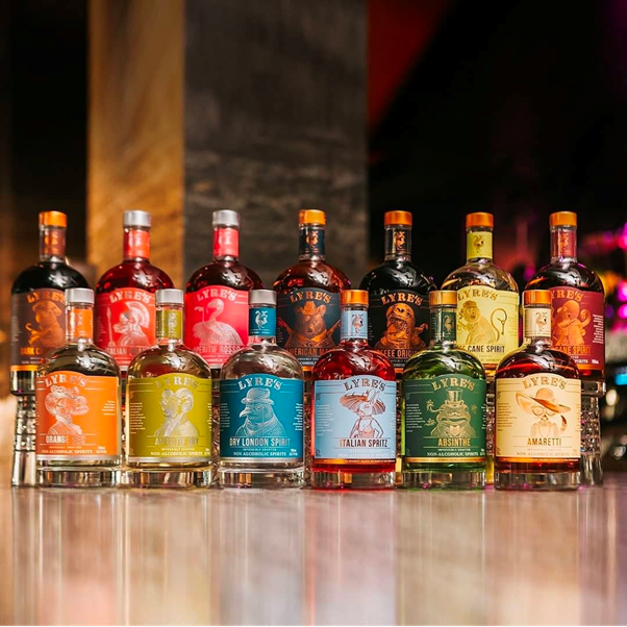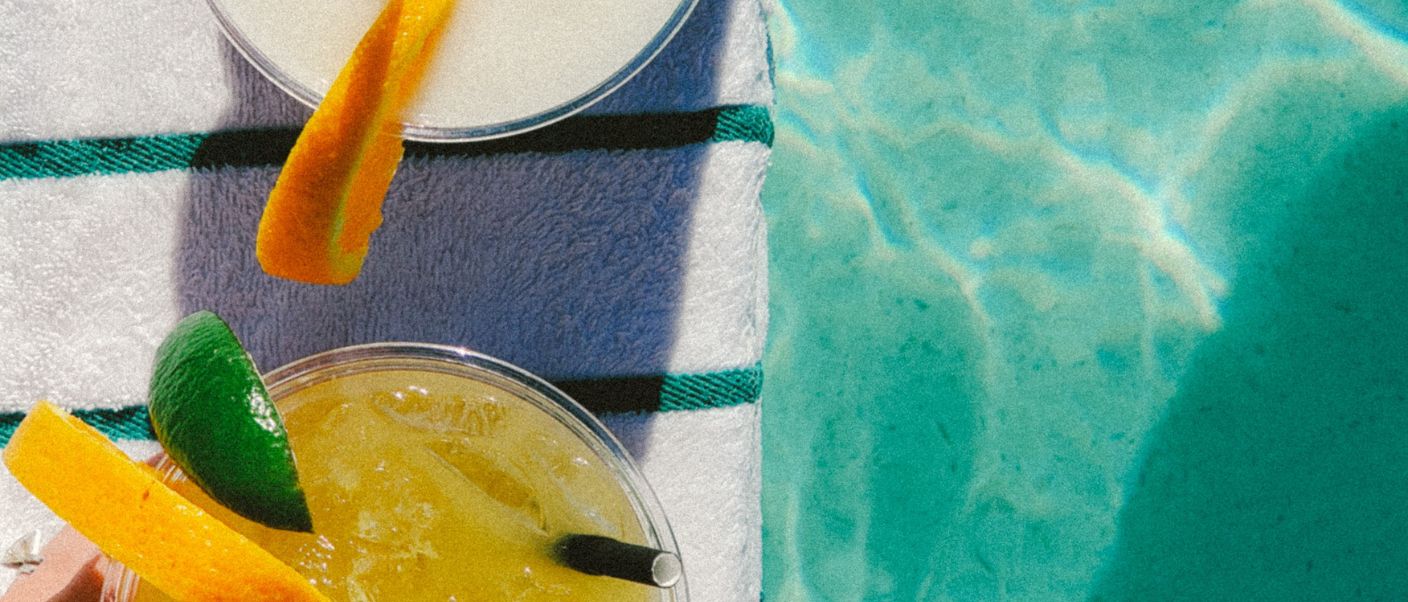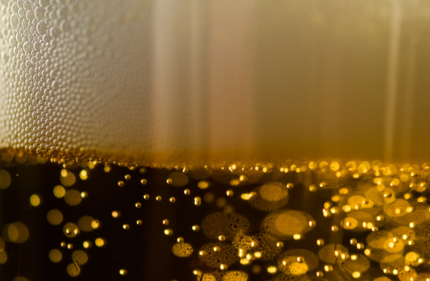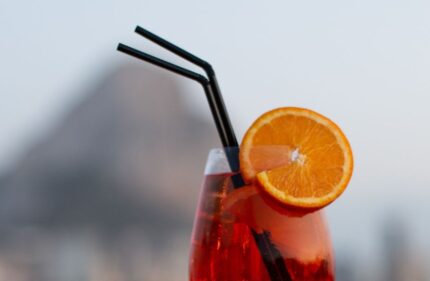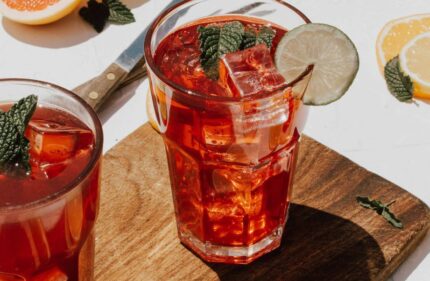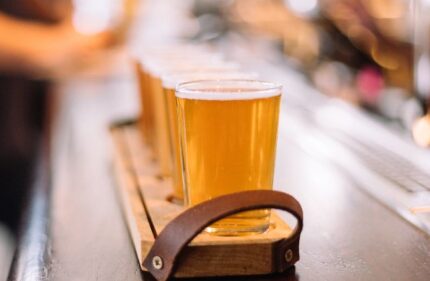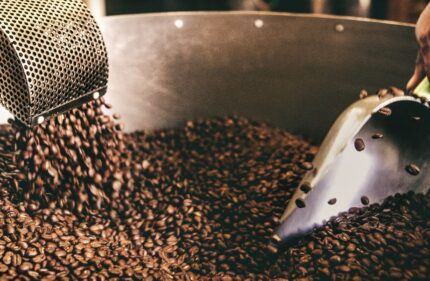Once again, consumption and trends towards a healthier and alcohol-free lifestyle are pushing the market and the industry into a new segment that’s capturing everyone’s attention. We’re talking about mocktails. They sound good and taste even better.
Though spirits continue to play a very important role in moments of relaxation and in social interactions, the mission of the beverage sector is to please and to offer a variety of options for all tastes and preferences. Mocktails are flourishing in this scenario.
We’re referring to the latest incarnation of a type of beverage capable of satisfying the needs of a new consumer: one that wants to continue enjoying these mixed drinks while also getting everything they want from a cocktail without imbibing a single drop of alcohol.
Mocktails: what’s “mock” and what’s “cocktail” about them?
Mocktails are a new formula which, as the name indicates, have been created based on the idea of being alcohol-free “mock” versions of traditional cocktails.
These “sober” drinks are going to offer most of the ingredients, elements, mixtures and preparation techniques of the cocktails we know and love and their genuine flavour, but with the peculiarity of not containing any alcohol.
These non-alcoholic cocktails are actually nothing new. Though we don’t have an exact date for when they appeared, the concept of a “cocktail with no alcohol” first emerged in 1916, according to the Merriam Webster dictionary, just a few years before prohibition was imposed in the United States.
Then, and after people realised that the classics from the most popular bars could be imitated, a mixed drink called the Shirley Temple, a charming fruity cocktail containing ginger ale and grenadine and garnished with a maraschino cherry, was invented as an option for children and elderly people. From there, other options emerged (the virgin piña colada, margarita, etc.).
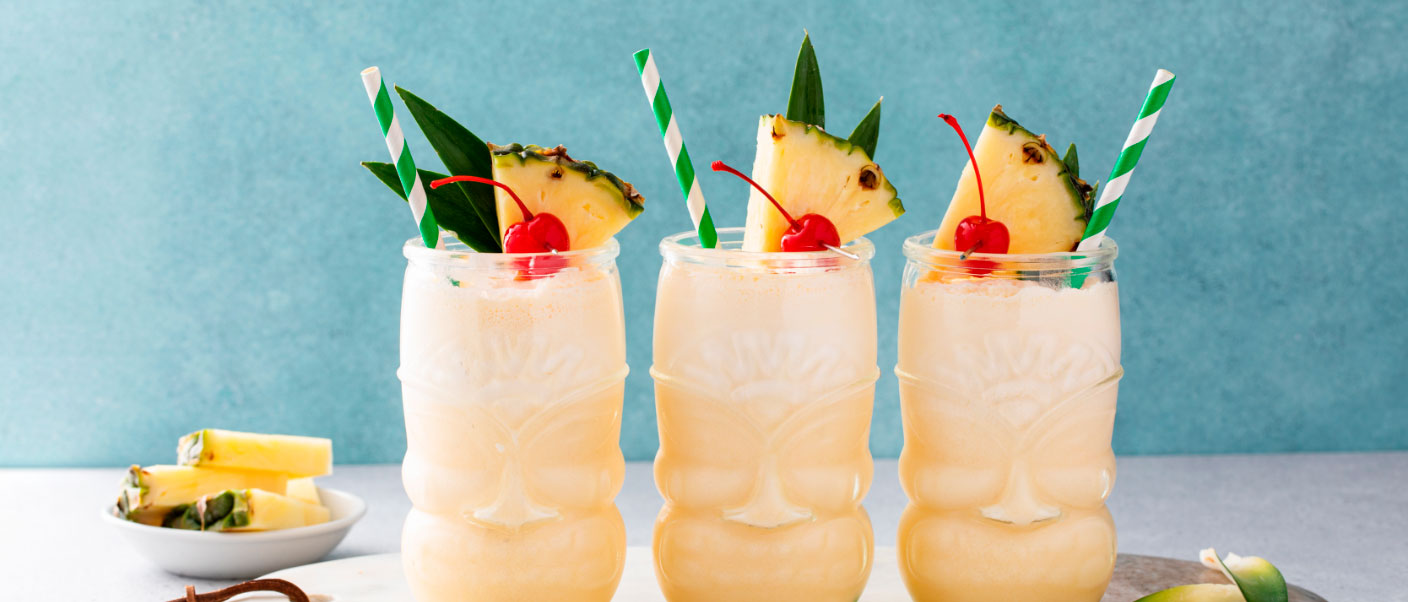
The keys to the mocktail market
The mocktail market started to take off a few years ago, and the industry has realised that it can be quite lucrative. But what factors are contributing to its rise? The following indicators give us some hints…
1. They expand consumption to new groups and are capable of attracting new customers
The “non-alcoholic beverage” market has its public, although no doubt more limited, when it comes to drinking something different and appetising for fun and relaxation. In this context, non-alcoholic cocktails are a perfect alternative to traditional ones. They generate good feelings and spread by word of mouth among people who enjoy them. They’re products capable of increasing and expanding consumption, because they’re healthier and have no side effects.
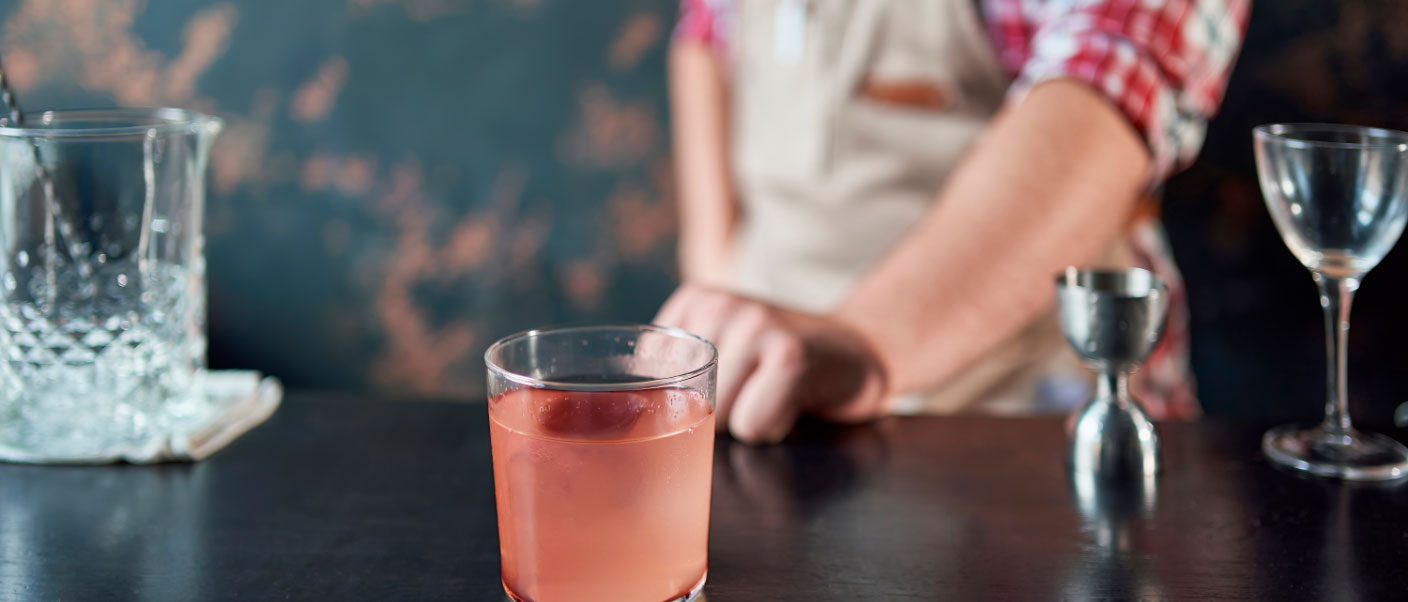
2. “Alcohol-free” drinkers are the best ambassadors
Mocktail devotees are the best ambassadors for these beverages. They’re so pleasurable that they generate followers and create loyalty, as consumers tend to have more than one or become repeat buyers in supermarkets.
3. They generate more income and have higher profit margins
Traditional cocktails have never been economical drinks. On the contrary. Besides using select ingredients, let’s keep in mind that they are made with pricey liquors, something that is not true of mocktails, as they contain no alcohol. Even though they may, thanks to their ingredients, cost a bit more than simple soft drinks, soda or juices, they generate higher profits.
Plus, there are still countries where alcohol is either prohibited or looked down upon. A specific case is the Middle East, which represents a perfect opportunity for mocktails and a growing market where people enjoy these beverages on special occasions.
4. A change in consumption habits, particularly in millennials
Consumption habits are shifting towards alternatives that are low in alcohol or alcohol-free. Millennials, as a niche market that is already quite familiar with the idea of drinking consciously and knows full well that you don’t need alcohol to have a good time, is becoming one of the most interesting segments for the industry. It’s a public that demands alternatives that are healthy, tasty and available at any bar or discotheque.
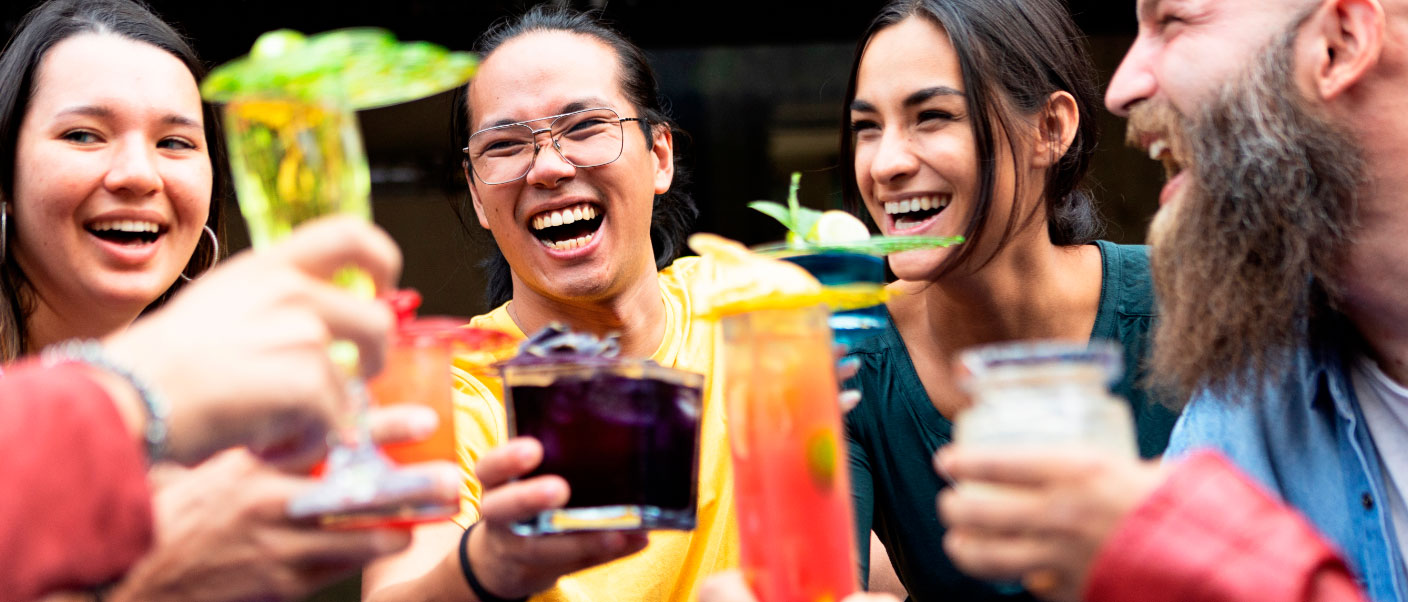
One step further: craft mocktails
Craft cocktails are in vogue. Everything’s Instagrammable these days, and social media has contributed to their growing popularity. With higher quality ingredients, eye-catching colours and a refreshing personality, they are presented in idealised contexts and places, often featuring the art of the perfect serve and even smoke and other effects that turn their presentation into a real show.
In some establishments in cities like New York, Chicago and Los Angeles which are full of cocktail bars, mocktails are becoming popular on non-alcoholic menus for limited periods of time, such as during Dry January, which aims to prove that an “alcohol-free” world is also possible.
Canned and bottled RTD mocktails
The long list of favourite pre-mixed alcohol-free cocktails on the market includes ready-to-drink blends of flavours, liquors and non-alcoholic wines.
Of the canned ones, Seedlip has a line designed to let people drive home after a long evening out with friends or simply for people who prefer alcohol-free alternatives: Grove 42 Tonic with lemongrass, Spice 94 with grapefruit, and Garden 108 with cucumber.
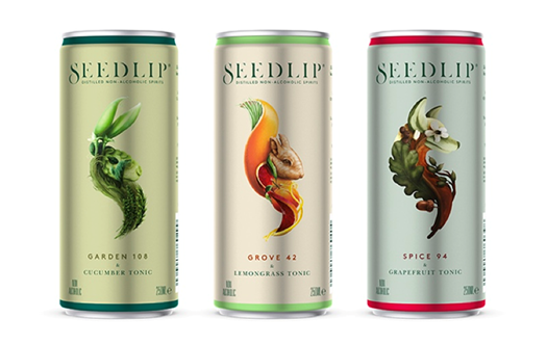
Curious Elixires also has a line of bottled non-alcoholic cocktails in different flavours.
Lyre’s , on the other hand, has focused on a line of non-alcoholic liquors and wines.
